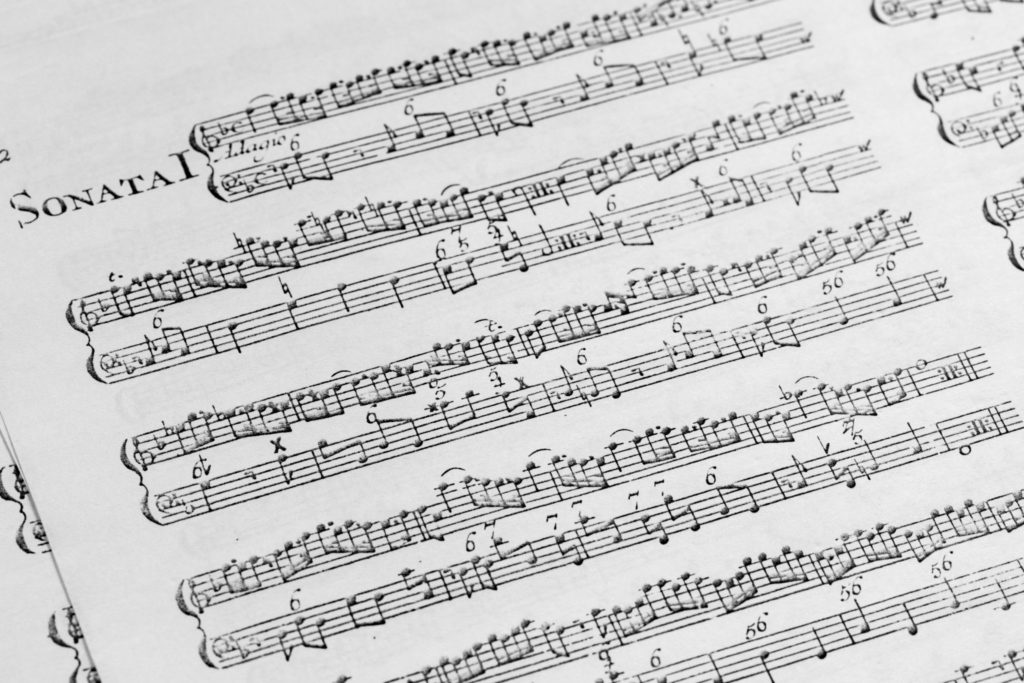© Vincent Everarts
Strings for Talent provides a structure for lending instruments to promising talents.
Instruments – ‘sleeping’ ones for instance – might be lent in kind.
They will remain the lender’s property. The Fund provides a structure to organise, insure and follow-up the loans.
Other contributors could use the Fund’s structure to wholly or partially finance the purchase of a new instrument.
If the money is transferred to the King Baudouin Foundation, it will be tax deductible and the instrument will belong to the Foundation.
If the contributor wishes to keep the ownership – a good instrument might be a long-term investment – she/he will directly pay for it.
As further explained in the chapter “how to contribute” Strings for Talent will assist the donors with the choice of the instrument and follow up on the loan.
Ideally, the beneficiaries will preferably be maximum 30 years old at the time of the candidacy. The management board may waive that condition.
A long-term loan agreement (5 to 15 years) will be signed.
Once a year, the beneficiaries will be required to give the instrument for maintenance to a designated instrument maker. Should the latter establish that the instrument is not used with normal care, the Fund will have the right to terminate the agreement according to certain conditions.
Each loan should be effective. An early termination will be possible if the instrument is not played often enough or if the beneficiary leaves the profession.
The Fund will also insure the instruments.
Two boards run the Fund:
- an artistic board, composed of the following skills:
- a music teacher;
- an instrument maker;
- a well-known performer;
- a music director for a concert hall.
- a management board.
The artistic board informs the board of management.
It will:
- assess the quality of the instrument if existing (either ancient or recent) or suggest the instrument makers who could make new ones;
- evaluate the beneficiaries’ candidacies and make suggestion to the management board;
- accompany the beneficiaries.
The management board will:
- run the Fund;
- be in charge of contacts with the contributors;
- make the final decision on the instruments and candidacies according to the artistic board’s suggestions.


